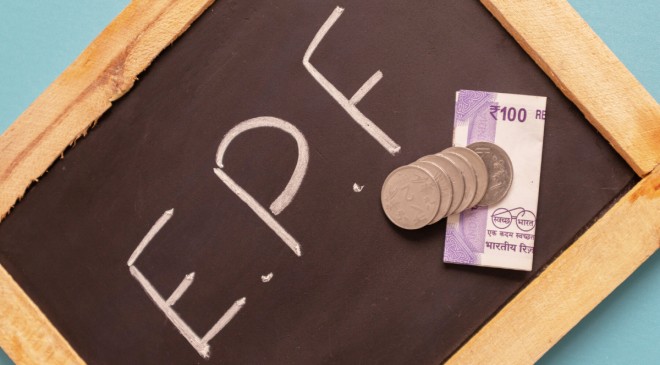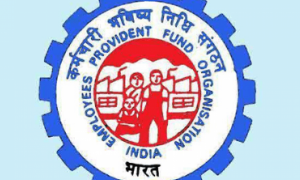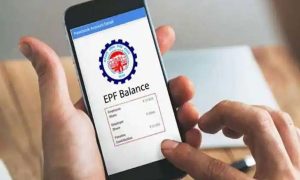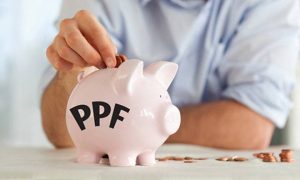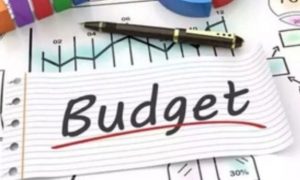Section 192A of the Income Tax Act mandates the deduction of TDS on withdrawals from the Employees’ Provident Fund (EPF). According to this provision, TDS must be deducted at the time of EPF withdrawal. This means that when you withdraw money from your EPF account, a certain percentage of the total amount is deducted as TDS, and the remaining balance is credited to you. The purpose of this provision is to ensure that, similar to other sources of income, tax is appropriately paid on EPF withdrawals.
Apart from TDS applicability, the EPFO has laid down several specific guidelines for withdrawing funds from EPF accounts. In this article, we will gain insights from Sandeep Agrawal, Director and Founder of Teamlease Regtech, about EPF withdrawal rules, taxation, and TDS applicability.
Read More: EPFO offers up to Rs 50,000 benefit on your EPF account: Here’s how to avail
EPF withdrawal rules:
EPF allows employees to withdraw their accumulated corpus under various circumstances:
Retirement: Employees can make a full EPF withdrawal upon retirement after reaching 58 years of age.
Partial Withdrawals: Partial withdrawals are allowed under certain conditions, including:
Marriage: “An account holder can withdraw up to 50% of their own contribution to cover marriage expenses. This applies to their marriage or that of their children, siblings, or other eligible dependents, provided the account holder has contributed to PF for at least 7 years,” says Sandeep Agrawal.
Unemployment: “Account holders can withdraw 75% of the accumulated amount after 1 month of unemployment. If unemployment extends beyond 2 months, the remaining 25% can also be withdrawn,” explains Agrawal.
Read More: Public Provident Fund: What are the PPF account rules for non-residents?
Medical Emergencies: “Employees can withdraw up to six months’ basic wages plus dearness allowance or their contribution with interest, whichever is lower, to cover urgent medical treatments for themselves or family members.”
Education: “For higher education or a child’s education after class 10, account holders may withdraw up to 50% of their contributions, provided they have completed 7 years of contributions.”
Home Renovation: “EPF rules allow withdrawals of up to 12 months’ basic wages plus dearness allowance, or the employee’s contribution with interest, whichever is lower, for home improvement. This can be availed twice—once 5 years after construction and again after 10 years from the first withdrawal,” shares Agrawal.
Specially Abled Individuals: “Specially-abled account holders can withdraw six months’ basic wages or their contribution with interest to purchase assistive equipment,” adds Agrawal.
Read More: EPFO Pension Schemes Explained: Early Claims, Superannuation & Family Benefits
Existing Debts: For home loan repayments, individuals can withdraw up to 36 months’ basic wages plus dearness allowance, or their total contribution with interest. This option requires a minimum of 10 years of contributions to the EPF account.
Pre-Retirement: EPF permits withdrawal of up to 90% of the account balance a year before retirement or after reaching 54 years of age.
Tax Deducted at Source (TDS) on EPF withdrawals
TDS is applicable on EPF withdrawals under certain conditions. If EPF is withdrawn before completing 5 years of service, TDS is deducted at 10% on withdrawals exceeding ₹50,000, provided the employee submits their PAN. No TDS is deducted if the withdrawal amount is less than Rs 50,000. However, if PAN is not provided, TDS at 30% is applicable on the withdrawal.

